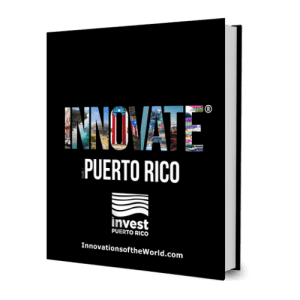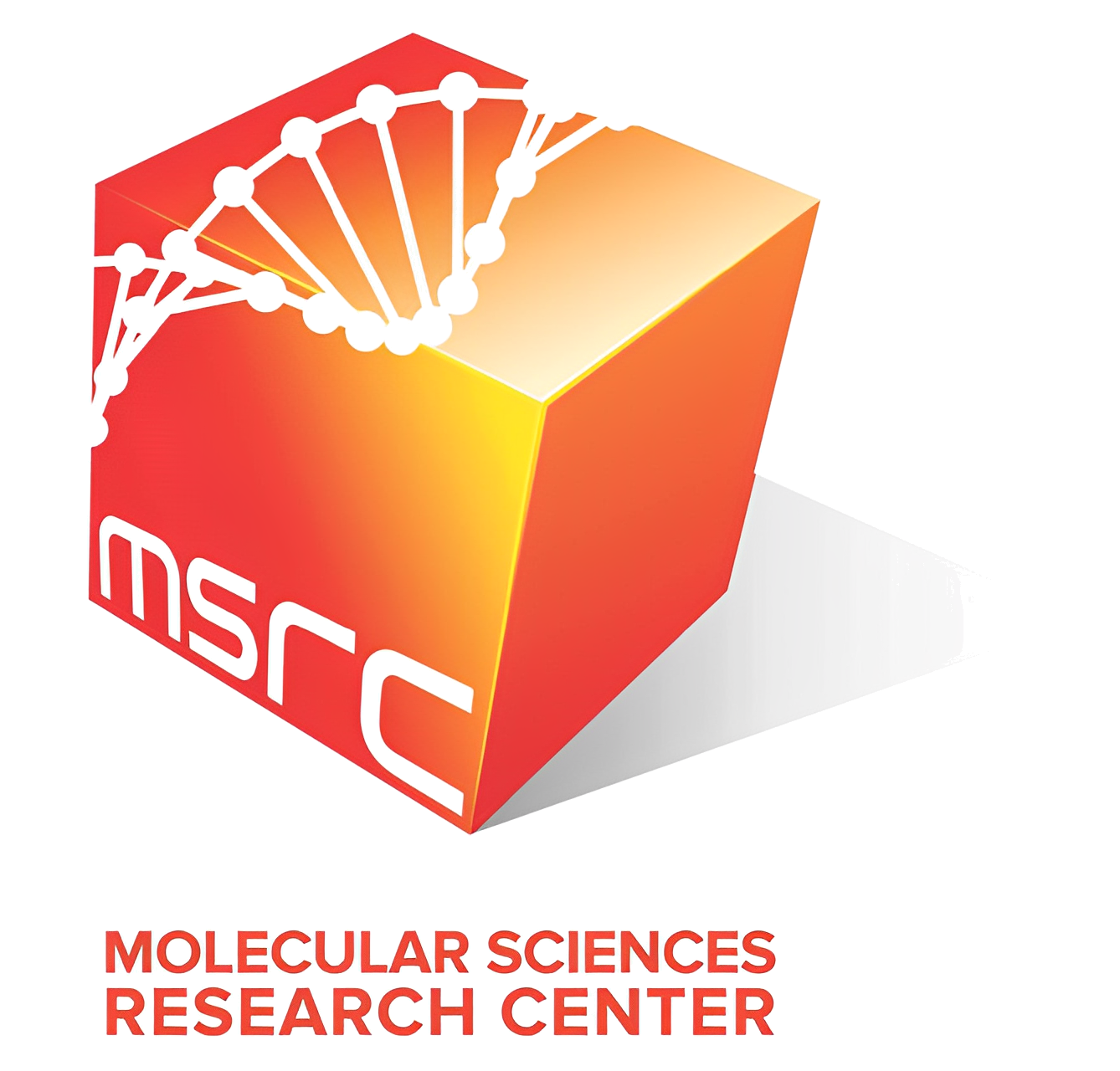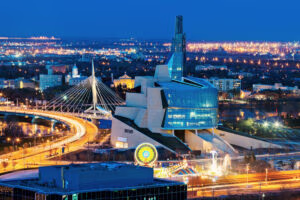The MSRC is a 154,000 square feet advanced research facility with laboratories conducting basic and translational biomedical research in the areas of protein structure and dynamics, molecular biology, genomics, proteomics, bio-imaging, pharmacogenetics, and neurosciences. The MSRC is a joint project of the Río Piedras Campus and the Medical Sciences Campus, whose facilities house the most advanced scientific instrumentation in Puerto Rico and the Caribbean. The building construction started in 2008 and ended in 2011. The facility was inaugurated in 2012. The MSRC is the first and only one building in Puerto Rico dedicated entirely to scientific research.
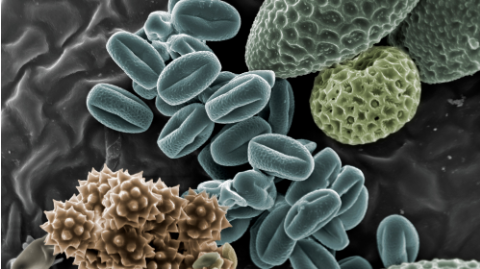
The MSRC fosters and supports research and development in scientific disciplines like chemistry, biology, and physics, and works collaboratively with the engineering and mathematics disciplines. The MSRC researchers study the physicochemical properties, building principles, and bioactivity of biomolecules and molecular systems, structures, and materials. The MSRC aims to create a nurturing environment where scientists work together searching for innovative solutions to complex problems and translate new knowledge into technologies with commercialization potential to boost Puerto Rico economy. Within the molecular sciences, the MSRC welcomes scientific research in multidisciplinary fields like nanotechnology, biotechnology, neuroscience, molecular biology, and bioinformatics, to name a few. The MSRC is an innovative project that aspires to follow the latest tendencies in organizing research as a network of people, projects, centers, or institutes, and local or regional hubs to leverage resources and scientific expertise. A collective effort at different levels of the research enterprise facilitates the attainment of strategic milestones, increases productivity, procures access to specialized resources, and leverages operational costs. An intense activity in scientific research, technology transfer, and commercialization are signatures of economic development and social prosperity. Most scientific discoveries and innovations of today have emerged from top research universities. Altogether these activities have resulted in well educated people, increased shared knowledge, and technological innovations with social worth, better jobs, and ascendant social mobility.
The Center houses over 300 researchers, students and technicians. The MSRC is the UPR System’s first multidisciplinary environment, designed to meet the needs of cutting-edge research in Puerto Rico for the foreseeable future. This new research space design paradigm features standardization, flexibility and adaptability, systems integration, and ease of sharing equipment and human resources. Within this context, the MSRC aims to lead high impact, internationally recognized, scientific research initiatives, to bridge basic and applied research to stimulate technological innovations. In addition, the MSRC will also strengthen the scientific research infrastructure and disciplines of tradition in Puerto Rico as foundations of a knowledge-based economy. This role will lead to partnerships and collaborations with scientific industries, enhancing UPR’s intellectual property portfolio, promoting the commercialization of research inventions in Puerto Rico and translating their scientific discoveries into technologies that improve the quality of people life There are a myriad of patents at different approval stages. The MSRC also promotes scientific collaborations between the researchers and the private sector.

MSRC provides service to:
- Local and international researchers in the areas of nanotechnology, biotechnology, neuroscience, molecular biology, bioinformatics, protein structure and dynamics, genomics, proteomics, bio-imaging, and pharmacogenetics.
- Graduate students and technicians in the previously mentioned research areas. Scientific industry players in the previously mentioned research areas. Bio-tech Star-ups interested in doing business in Puerto Rico.
- Pharma industry.
- Bio-tech industry.
- Medical device industry.
- Agricultural industry.

Figure 1
MSRC Scientific Agenda
Mission, Vision and Value Proposition
The MSRC contributes to the Puerto Rico economy through competitive scientific research and development, transferring knowledge and discoveries into innovations of high social and economic value, and excellence in STEM formal and informal education. Its aspiration is to position the University and the Island of Puerto Rico as a key player at the forefront of molecular sciences research worldwide.
Scientific Framework
Figure 1 illustrates the science cores around where basic and applied research evolves and the nature of the research facilities that support them. Further developments in the physical infrastructure and scientific operations will expand and strengthen the research capabilities by adding clean rooms and microfabrication facilities, and new resources to existing culture and instrumentation facilities. The scientific cores align with the outfitting of the seven floors depending on the research agenda.
For instance, Floor 2 corresponds to the core of the Physicochemical Basis of Diseases, Drug Discovery, and Pharmacology and Floor 6 with Neuroscience and Neurophysiology. Floor 5 will house ASTRE Business and Innovation Center which will serve as an incubator and landing pad for biotech startups. Future constructions will house the Omics Research Center (Floor 3) and the Nano(bio)technology Center (Floor 4).
The MSRC is a project of innovation and sustainability, and as such, represents the future and a model to follow for fostering scientific research and promoting technology transfer and commercialization. The education of the STEM workforce in Puerto Rico at a premier scientific research center with world-class facilities like the MSRC will reduce Puerto Rico brain drain.
Puerto Rico’s recovery and future social and economic development depend on a robust and competitive scientific research agenda, a critical mass of STEM educated professionals with 21st century skills, and a vibrant entrepreneurial scientific ecosystem. The MSRC seeks to be an active partner and contributor in this endeavor. The MSRC is embedded in the middle of Puerto Rico’s Science District, with fast and easy access to the UPR Medical Science Campus, UPR Rio Piedras Campus, the Comprehensive Cancer Center of Puerto Rico, the Science and Technology Trust of Puerto Rico, and the VA Hospital. It is walking distance from the metro station and there are train station stops that reach Centro Médico, Medical Sciences Campus, and the University of Puerto Rico Río Piedras Campus. This makes the MSRC an ideal center for advanced research and collaboration totally unique in Puerto Rico.
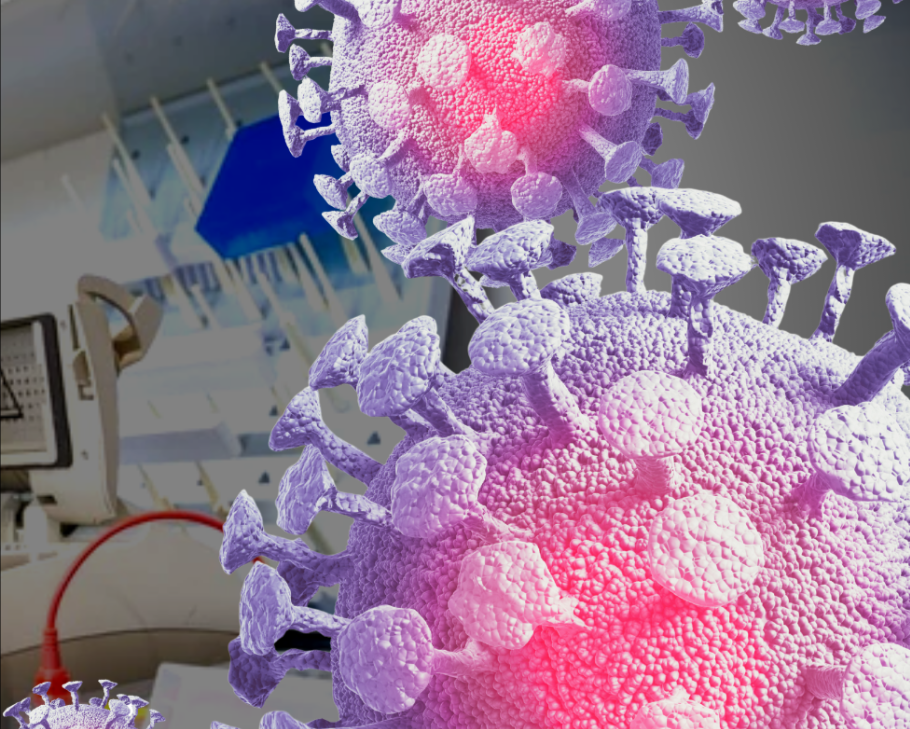
Scientific, Business & Entrepreneurship Operations
The MSRC supports these activities by providing laboratory space, hightech instrumentation, specialized research core facilities, and well-kept and robust physical infrastructure. The facilities include the Laboratories for Cells & Tissues Culture and a Vivarium. Future developments of the MSRC will include clean rooms and microfabrication facilities, an Organic Syntheses & Small Pharma Manufacturing Facility, the ASTRE co-working space focused on incubating biotech startups, the expansion of the Cells
& Tissues Culture Laboratories, and Omics research infrastructure, and the reorganization, upgrade and acquisition of scientific instrumentation for small to large molecules characterization, Atomic & Molecular Light Spectroscopy, and Surface Characterization & Microscopy.
The equipment and facilities available at the MSRC make it an ideal place for researchers to conduct their specialized studies as well as propitiating new discoveries. State of the art equipment is readily available to support each research core and external researchers needs.

Research Centers at the MSRC
Some of these centers are:
- Nikon Center of Excellence in Microscopy
- Proteomics & Genomics
- Clinical Bioreagent Center
- Materials Characterization Center (MCC)
- Technology Transfer & Innovation Office
- Molecular Sciences Drug Discovery
- Wastewater Purification and Fuel Cells
- Natural Products
- UPR’s X-ray Diffraction Facility
- Crystallization Design Institute
Facilities:
- Surface Microscopy and Spectrocopy Facility (SMS). The SMS facility regularly analyses inorganic and organic materials from pharmaceutical solids and active ingredients, organic and inorganic polymers, metallic and semiconductor materials, and electronic devices.
- Mass Spectrometry (MS) Facility. The MS facility provides analysis of simple monoatomic and diatomic gases, small molecules, high molecular weight polymers, and biomolecules.
- Nuclear Magnetic Resonance (NMR). Facility Diverse NMR modalities like DEPT, APT, COSY, HETCOR, HMQC, HMBC and NOESY and the NMR probes 31P, 51V, 29Si and 11B are routinely tools for experimentation and for determining the chemical structure of unknown substances and the chemical composition of mixtures. 1D and 2D NMR, T1 determination, water suppression and CPMAS (solids) complement the array of NMR experimentation resources.
- Neuroimaging & Electrophysiology (NIEF) Facility. Confocal microscopy and two-photon microscopy provide the capacity to detect the fluorescence emissions from diverse biological samples.
- Sequencing and Genotyping (SG) Facility. The SG facility runs sequencing and fragment analysis such as direct sequencing, primer walking, pyrosequencing, AFLPs, RFLPs, Microsatellites, LOH, LHPCR, SNP validation and SNP screening.
- Nanoscopy Facility. The Nanoscopy facility offers access to an ultrahigh-resolution Cs probe corrected TEM (JEOL JEM 2200FS), a highresolution TEM (JEOL JEM-2100F), a conventional energy filtered TEM (Zeiss LEO 922), a high-resolution HR field emission SEM (JEOL JSM-7500F), and a focused ion beam system (JEOL JEM-9310).
- Tissue Culture facility
- Genomics facility
- X-Ray Diffraction facility
- Proteomics facility
- Clinical Bioreagent Center
- Bio-prospecting facility (natural products)
- Microbiology facility

